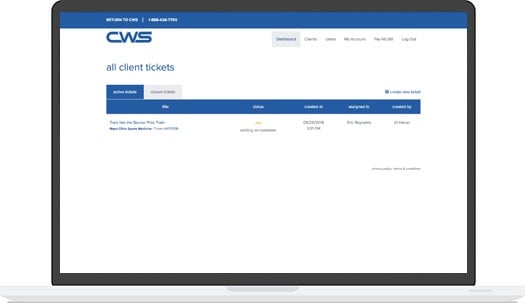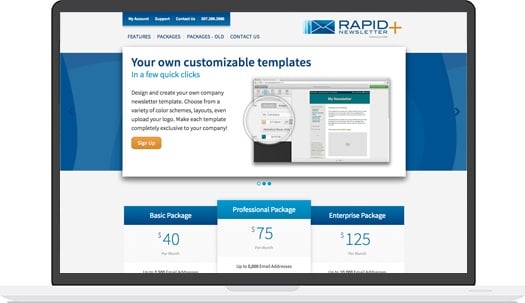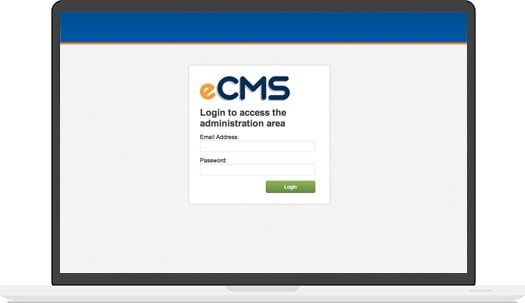Imagine you're waiting on the telephone. A familiar experience, but it isn't an ordinary call. You aren't ordering pizza or finding out when a movie starts. Instead, you've dialed 911 because an emergency requires immediate professional attention.
And they make you wait.
Seconds pass -- ten, fifteen, twenty. Is this acceptable? Of course not. But what if you're in a restaurant that has had the best reviews you've ever seen? Movie stars are flocking to be seen there, and the food has the highest ratings in the country. You sit down and order a meal, ready to enjoy the experience. Six minutes later, your meal arrives, and in the meantime you've been served fresh bread and a beverage. Is that an acceptable wait? Did you even notice the passage of time?
If EMS makes you wait for ten seconds before you can talk to them, those seconds would be like hours. But in a top restaurant with an amazing reputation, you don't expect the food to arrive for a while. The difference in how we feel about waiting depends on our expectations and our experience far more than the actual time spent.
When customers are waiting for you, the future of your relationship may depend on their goodwill. In other words, if they like you, they can wait without resentment. But if they don't like you, you had better make a change, and quickly.
Many well-known companies make the customers they talk to on the telephone listen to advertising while they wait to speak with a human being. The ads are for their products, so it makes sense, right? Wrong. Imagine if you're calling to have a problem solved, already feeling angry, and all you heard while you waited for help was a sales pitch for the product or service that upset you in the first place.
Consider the other side of the coin. A well-known retailer does something extra special for mail-order customers. With big items like sofas that take weeks to arrive, the retailer sends out a postcard, around the fourth week. The postcard usually has a photo of some nice, calm scene on the front. On the back is a message that addresses the questions, anxieties and frustrations that their valued customer has. It simply says:
This is the kind of communication that actually works while a customer is stuck waiting. Waiting customers don't want to be sold; they want respect and a little sympathy.
Whatever kind of business you own, think about how you make your customers wait. Do you give them coffee? Do you send them friendly emails? Do you check in and ask if there is anything you can do in the meantime?
Improving the waiting experience is a great and simple way to gain a competitive edge in any business.

.jpg?t=1533315998368) How-To Articles
How-To Articles Support Portal
Support Portal Webmail
Webmail Rapid Newsletter+
Rapid Newsletter+ eCMS
eCMS

 Our content team is made up of thought leaders, strategists, and content creators who have more than 70 years of combined experience. With a wide variety of backgrounds as entrepreneurs, marketing gurus, healthcare associates, as well as plenty of experience in other industries, we help grow businesses with our relevant, trusted, and helpful resources.
Our content team is made up of thought leaders, strategists, and content creators who have more than 70 years of combined experience. With a wide variety of backgrounds as entrepreneurs, marketing gurus, healthcare associates, as well as plenty of experience in other industries, we help grow businesses with our relevant, trusted, and helpful resources.
